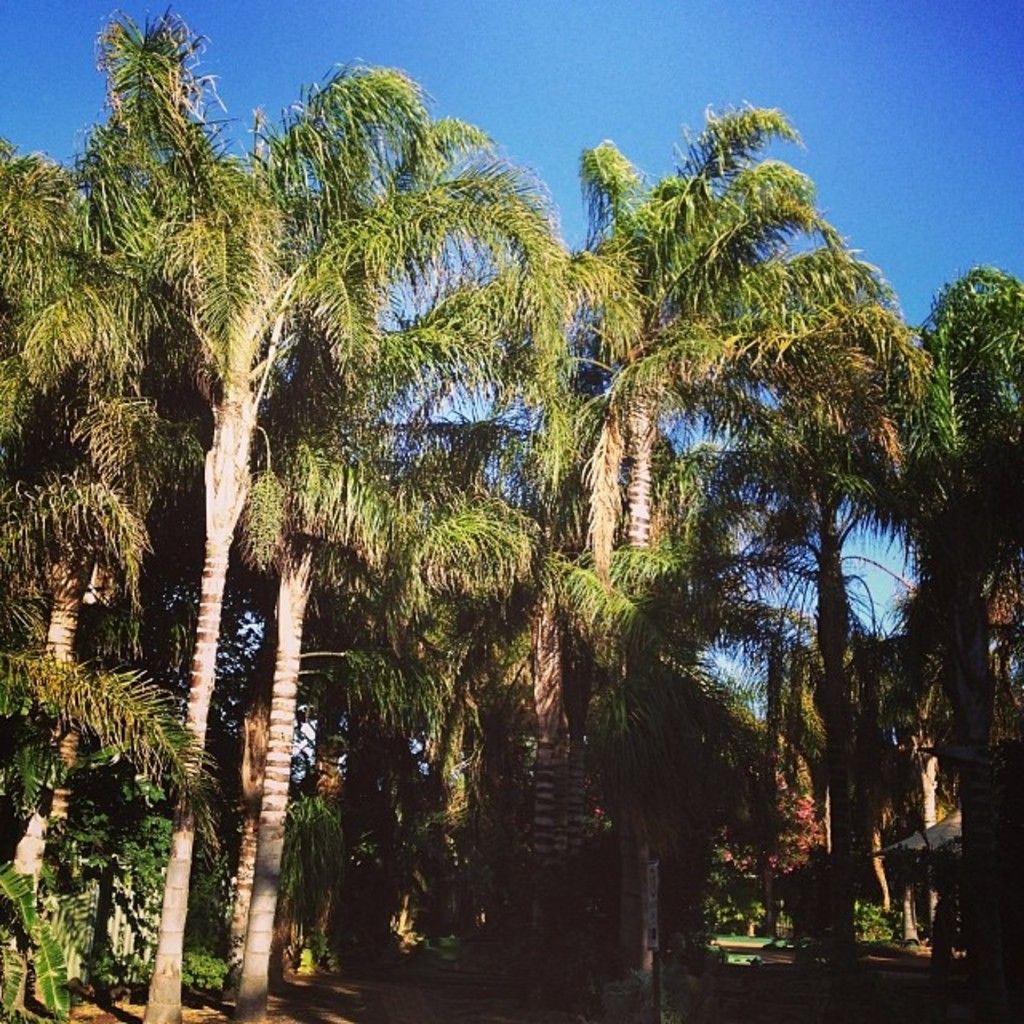Wild Animal Populations in Trouble in Hesse
The situation for many wild animal species in Hesse isn't looking too great. As per the latest Red List, over a third of the 71 native mammal species here are endangered, with 8 being extinct or missing entirely. Since the last Red List edition in 1996, things have taken a turn for the worse for several animal species, according to Thomas Schmid, President of the Hessian State Agency for Nature Conservation, Environment, and Geology (HLNUG), in Wiesbaden.
One major factor contributing to this decline is urban expansion, which forces these animals out of their habitats. Climate change is another significant threat, impacting both animals directly and indirectly. Bats remain the most endangered species in Hesse.
Preserving Nature: The Key to Survival
Protecting nature is essential to keep the dwindling animal populations in Hesse alive. Many species, like bats, are battling issues like urban overgrowth and climate change.
Addressing Urban Sprawl and Climate Change
Fortunately, Hesse is taking steps to combat urban sprawl and climate change impacts, and in turn, protect endangered wildlife.
- Climate-Adapted Tree Species: The North-West German Forest Research Institute (NW-FVA) has devised recommendations for climate-resilient tree species combinations in Hesse. This project, "Maps for Climate risk and forest development types – improved consulting foundation for new challenges for Hessian forest owners," aims to strengthen forests' resilience against climate change by choosing tree species suited to local soil and future climate conditions.
- Forest Management and Reforestation: Hesse supports forest owners in restoring damaged forests caused by extreme weather conditions. By law, forest owners must replant affected areas within six years, and the state provides subsidies for reforestation initiatives. This approach ensures forests preserve their multiple functions, including biodiversity and carbon sequestration.
- Sustainable Urban Mobility: Although not explicitly addressing urban sprawl, Hesse's focus on sustainable urban mobility indirectly mitigates some urbanization effects. Efforts like smart traffic management systems, which optimize traffic flow and decrease congestion, contribute to a more environmentally friendly and livable city.
- Wildlife Conservation: While there is no information on specific strategies to directly save endangered animal species, the larger focus on sustainable forest management and climate adaptation may benefit wildlife indirectly. For example, promoting mixed forests can enhance ecosystem resilience against extensive climate damage, offering potential long-term protection to various species.
Together, these measures contribute to a more sustainable and resilient environment in Hesse, simultaneously tackling urban sprawl and climate change impacts, potentially benefiting endangered animal species in the process.






